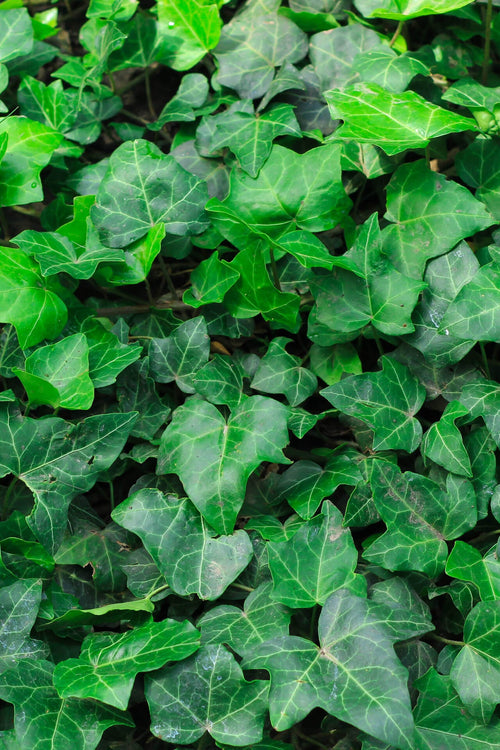Control of soil erosion is the method of preventing the loss of soil. It stops water pollution, wildlife habitat loss, and human property damage.
Controlling erosion occurs in various areas, including natural places, farming, and urban settings. Vines as ground covers are very successful in preventing erosion.
Using ground covers such as vines, you can develop a rocky or steep slope into a valuable property. The ground covers use the extended roots and their leaves to retain the soil on slopes. They also absorb water and stop the water runoff that could trigger erosion. Vines, used as ground covers, can change a hillside or yard. It would be best if you terraced the slope to help stop erosion, followed by the planting of the vines. The vines can serve as a background for seasonal flowers and shrubs. Many vines that can be transplanted right into the slope will spread rapidly, controlling the soil.
English ivy is a ground cover best used in areas of shade. It may be used as a substitute for lawns under a tree canopy. It may need minor trimming than grass, but it does need to be maintained. The runners that spread across paths should be trimmed, and the shoots climb tree trunks.
.
Vinca minor is also known as periwinkle. It grows well in the shade though it tolerates sun. It has white, blue, or purple flowers that appear in the spring from April to May. It spreads more rapidly than pachysandra and is so dense that it prevents weeds. It is hardy in Zones four to nine.
Pachysandra procumbens is a plant that will grow under most conditions and in poor soil. It develops better in good soil and does best in the shade. It can be produced from old plantings with cuttings of roots. Single plants should be planted eight inches apart and will fill out over the summer. Mulch will keep the weeds down. Watering is necessary for the plants to develop, or they will not produce roots.
Using vines as ground covers stop erosion, prevents weeds under shrubs, and has a carpet-like appearance.
Source to Buy Soil Erosion Prevention Plants and Supplies.
https://www.tnnursery.net



















































